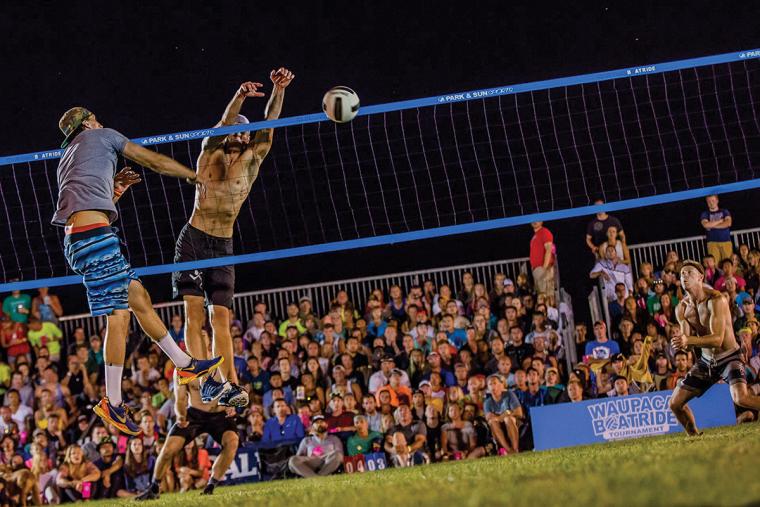
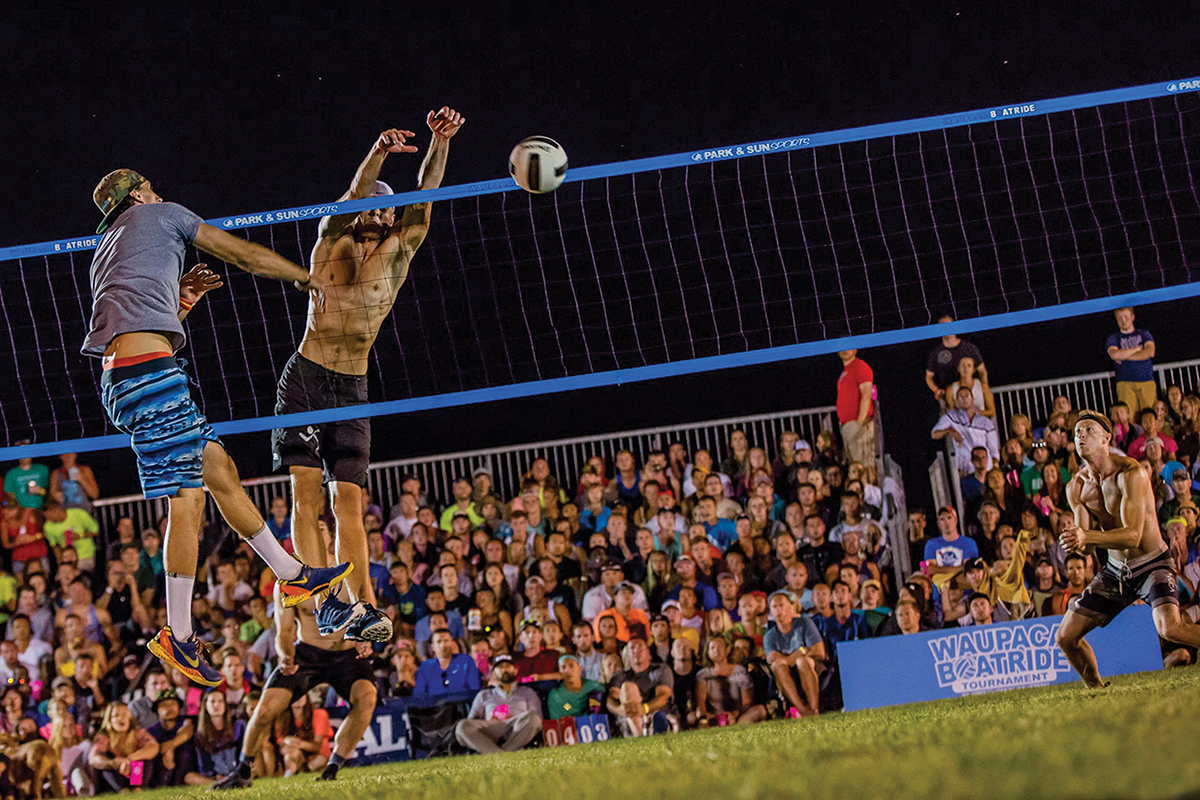
Beyond that, though, we also want our event to have a good reputation – we want it to be something people enjoy and talk about and look forward to each year. But that doesn’t happen without work on our part.
I can’t speak for all event owners, but I can tell you about the steps we’ve taken to make our event, the Waupaca Boatride Volleyball Tournament in Oshkosh, Wisconsin – also known as the U.S. Open of Grass Volleyball – one of the most popular in the volleyball community.
Our event, held each July, hosts players of all ages – juniors through masters. And over the years, it has grown and changed. We like to say it is much more than just your average Saturday volleyball tournament; it has become what many players refer to as almost a family reunion. In keeping with that theme, the tournament committee has attempted to make it a fun-filled weekend for players, spectators, friends and family by adding Friday and Saturday night entertainment as well as five days of camping. We see teams dressed in costumes, people circulating to sell drinks from golf carts and cheerleaders selling pizza by the slice. There are bands each night to keep people entertained. It’s a party atmosphere and people absolutely love it.
Our numbers are great. We open registration the second week of February and right now, it looks like we’re going to have another record year. Last year, we had 1,532 teams. This year, we’ll have between 1,800 and 1,900 teams.
With all that growth, we know we’re doing something right. Here are some of the lessons we’ve learned, and the steps we’ve taken as a result:
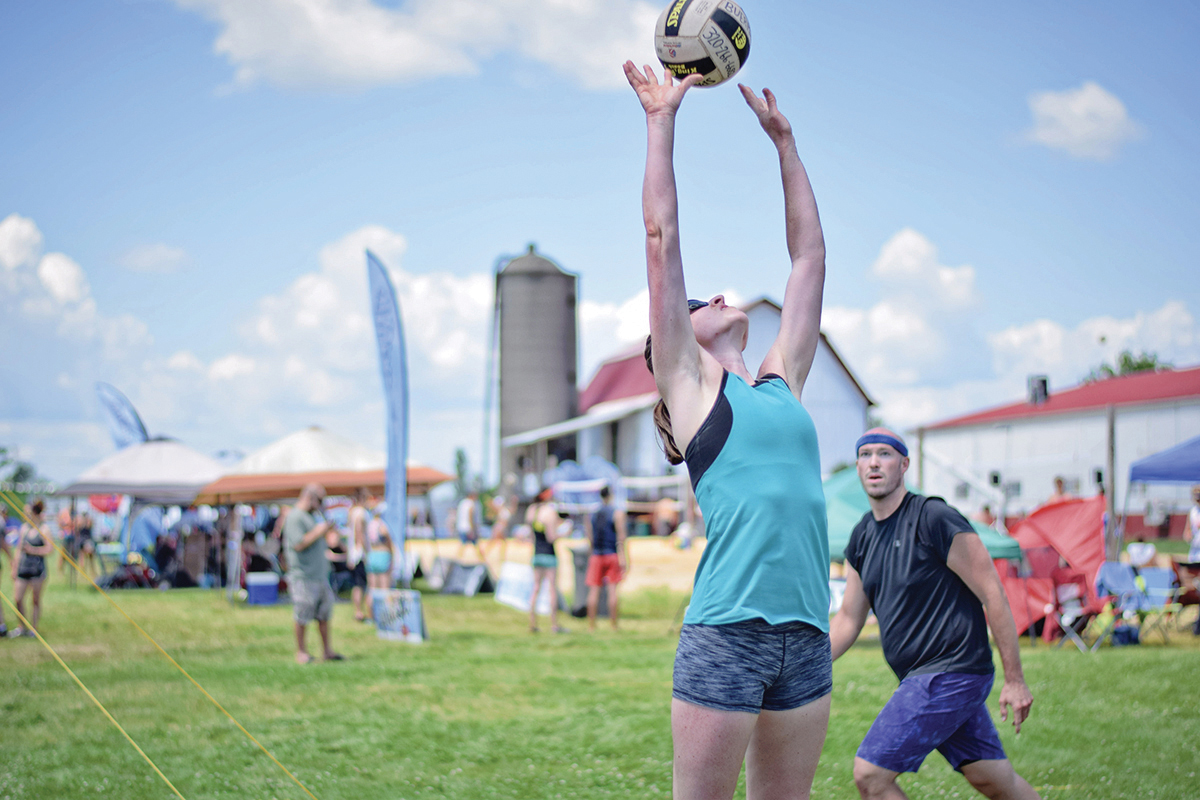
We solved the problem by instituting pool play. We set up our tournament in pools of four, so each team gets at least two games against each other team in their pool. Therefore, they play at least six games. The top two teams in that pool will go into a playoff bracket for prize money. The bottom two teams aren’t done yet; we put them in a consolation bracket. Even if they lose, they can still come away with swag like coolers, apparel and so on. It gives them a second chance and more time to play.
As a result, athletes feel like they’ve really had some solid court time. Nobody goes away empty-handed and everyone feels like they’ve been challenged. It leads to a much better sense of player satisfaction – and for parents, a sense they’ve gotten their money’s worth because their kids are happy.
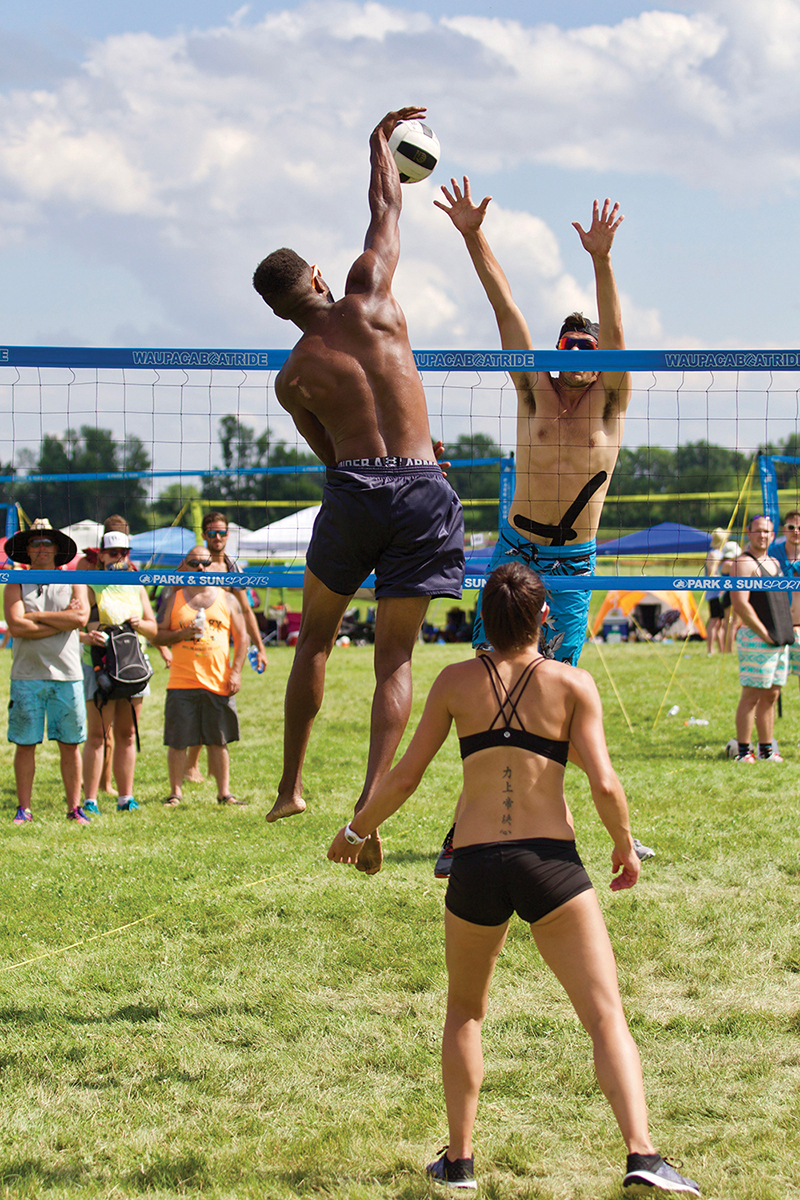
Adding Clinics Adds Value: As the attendance at our tournament grew, we saw the population of junior players going up. We wanted to do something to add even more value to the kids’ experience, so we offered our first Dream In Gold Clinic with former Olympian Misty May-Treanor. As you can probably guess, it was really well-received. We have continued to offer clinics since that time. We are now working with Lloy Ball, another former Olympian, who not only holds clinics but seems to enjoy the whole tournament experience – he stays around all weekend, camping with everyone else and watching games.
Another benefit of offering clinics is they give coaches a chance to sit in and learn the latest coaching and instruction techniques. (In our opinion, it’s better for the sport to have informed and skilled coaches, so we welcome these people as well.)
Camping is Part of the Experience: Something everyone (and I do mean everyone) associates with our event is camping. There’s a reason we began offering it: you literally can’t find a hotel room for miles during the tournament. Everything is booked to capacity. We offer 600 campsites to help house everyone and it has succeeded beyond anything we could have imagined. In fact, last year, our designated campground was sold out, and we had to find overflow space. (Fortunately, we could do so and everything worked out.)
Our campers have created a unique environment over the years. Certain states will have their own campsites – for example, you might see a whole section from Ohio or Illinois – and they’ll play games and have contests with one another. There are swimming pools, hot tubs and more. It really is a bonding experience. (Sometimes we laugh about it and say it’s maybe too much of a bonding experience but people have a great time and look forward to it each year.)
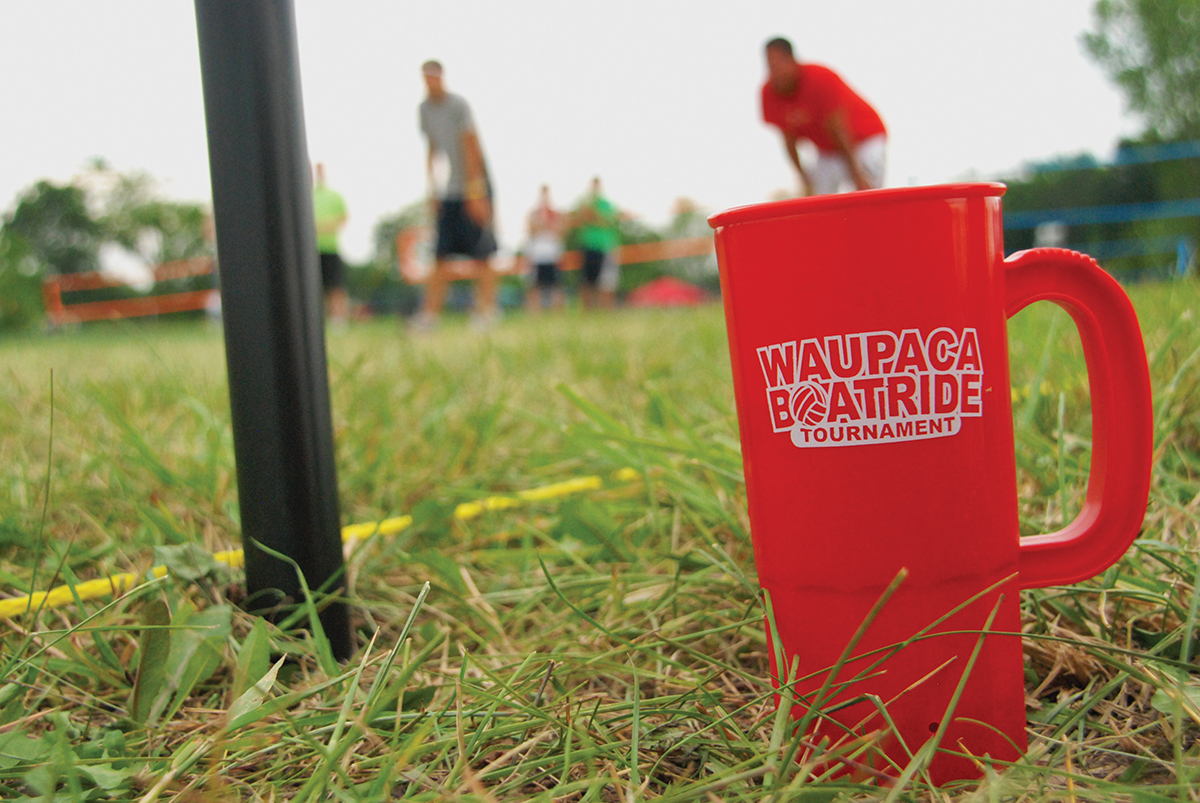
We Vet Our Vendors Carefully: One way to give value to the players is to get the vendors they want to see. We make sure to take a look at their products to see if they’re going to be a good fit. For example, everyone wants to see the new volleyball and sports products. We’ve also had booths set up by chiropractors and massage studios, which will give 10-minute massages to people. A lot of nutritionists set up their tents, and people like to learn about that as well.
One thing we don’t want to see is a vendor who is trying to recruit people to sell or become distributors. It’s not what we’re about.
Listen to Your Players: Over the years, we’ve learned to listen to people’s responses. We know when people say something like, ‘You need more porta-potties over here,’ or ‘I wish there was a better variety of food on that side,’ we should listen. We learned people didn’t want to have to drive outside of the tournament to buy beer so we have circulating golf carts that are fully stocked bars. They stay busy all day long.
Our finals in the upper divisions are an electrifying event and people hang around to watch them. We have the National Anthem, fireworks, cheerleaders performing during time-outs, you name it. Volleyball is a social sport and people enjoy each other’s company – as I said earlier, it is like a family reunion because people see each other every single year and they look forward to it.
We’ve heard our event called ‘Volleyball Christmas’ and it’s really been sort of humbling to see how much people love it and how much it has grown. If their experience is good, it’s because they’ve helped by telling us what they want. That’s a lesson any tournament can learn. SDM
